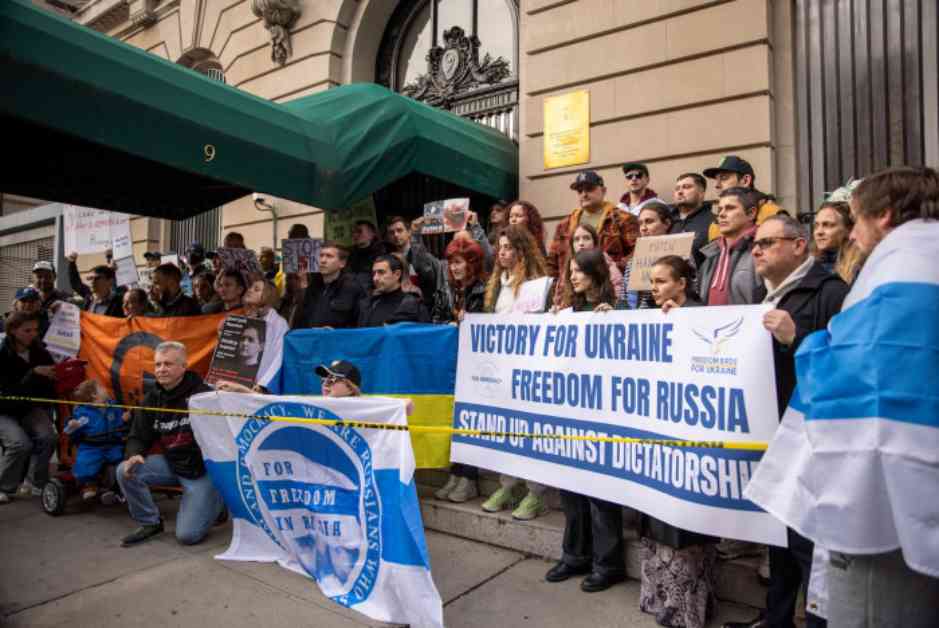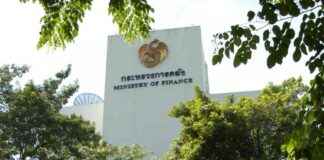Russian President Vladimir Putin is willing to discuss a ceasefire agreement with US President-elect Donald Trump regarding the conflict in Ukraine. However, Putin is firm on not making significant territorial concessions and insists that Kyiv abandon its aspirations to join NATO. The Kremlin may be open to freezing the conflict along the front lines and negotiating the division of the eastern regions of Donetsk, Luhansk, Zaporizhzhia, and Kherson.
Currently, Moscow controls a substantial portion of Ukrainian territory, and there may be room for negotiation on withdrawing from smaller areas in the Kharkiv and Mykolaiv regions. Putin has emphasized that any ceasefire deal should reflect the realities on the ground, expressing concerns about a short-lived truce that could allow Western powers to rearm Ukraine.
The recent decision by outgoing US President Joe Biden to authorize Ukraine to use American missiles against Russia could complicate efforts to reach a settlement. Moscow views this as a dangerous escalation and may push for more significant concessions from Ukraine. The situation remains tense, with the possibility of continued fighting if no ceasefire agreement is reached.
Trump has expressed his willingness to engage directly with Putin to broker a peace deal, although the specifics of such an agreement remain unclear. Ukrainian President Volodymyr Zelensky has stated that Ukraine will not rest until all Russian soldiers are removed from its territory, a challenging goal given the current circumstances.
Russia is adamant about preventing Ukraine from joining NATO and is open to discussing security guarantees for Kyiv. Additional concessions that Moscow may seek from Ukraine include limits on the size of its armed forces and assurances regarding the use of the Russian language within the country.
While a ceasefire agreement could be reached relatively quickly to end the conflict, a broader and lasting deal addressing the security concerns of both Ukraine and Russia would be challenging to achieve. The positions of the two sides are significantly divergent, making a comprehensive agreement difficult to reach.
At present, Russia controls a significant portion of Ukrainian territory, including Crimea and parts of the Donbas region. Putin views the conflict in Ukraine as a response to what he perceives as Western interference in Russia’s sphere of influence. The Kremlin chief has taken a hands-on approach to the conflict, with limited input from advisers.
The potential ceasefire agreement is likely to be based on a draft agreement considered in April 2022, which proposed permanent neutrality for Ukraine in exchange for security guarantees from the five permanent members of the UN Security Council. Putin has referred to this draft as a possible basis for a deal, emphasizing the need for security assurances to avoid future conflicts.
Overall, the prospects for a ceasefire agreement in Ukraine remain uncertain, with complex geopolitical considerations at play. The involvement of key players like Putin and Trump will be crucial in determining the outcome of negotiations and the future of the conflict in the region.




















